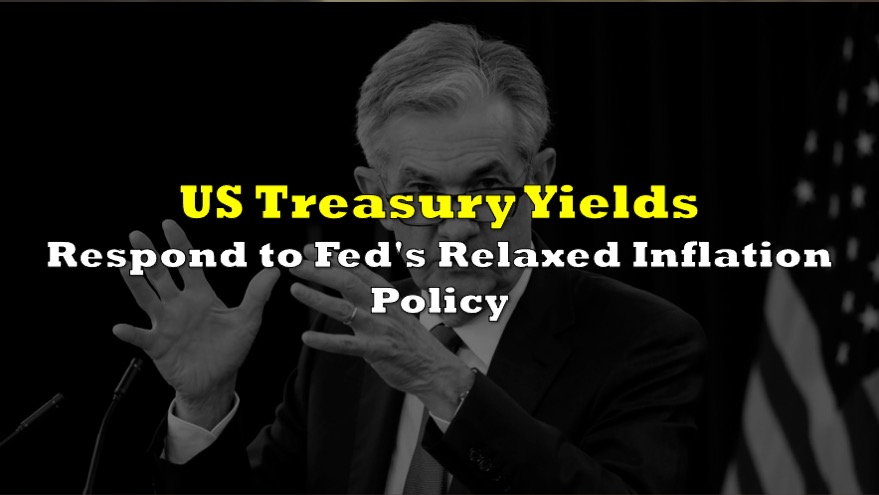US bond markets appeared to have reacted rebelliously to the Federal Reserve’s phlegmatic stance on rising inflation.
On Thursday, treasury yields soared to new highs, after the Federal Reserve signaled that it will allow inflation to exceed the 2% target. The 10-year treasury yield surged from 1.64% on Wednesday to a 14-month high of 1.75% the following day. The 10-year has become a talking point among investors, since it can have a significant impact on mortgage rates and a variety of loans. Similarly, the 30-year rate climbed by 6 basis points, exceeding 2.5% for the first time since August 2019.

On the other hand, the spike in bond yields fueled a selloff of tech shares, as the Nasdaq Composite fell by 3%, marking the worst day since February 25. Among the losers were Apple, Amazon, and Netflix, which dropped by more than 3%, while Tesla suffered a 7% decline. The S&P 500 and the Dow Jones Industrial Average also tumbled, falling by 1.5% and 0.5%, respectively.

The rise in yields suggests the bond market is beginning to price in inflation, especially once the $1.9 trillion stimulus bill is fully unleashed. The Federal Reserve’s unwillingness to hike interest rates or pull back monthly bond purchases until full employment is reached could also result in a steeper yield curve, where there is a wider spread between yields of different maturities.
Information for this briefing was found via the US Federal Reserve. The author has no securities or affiliations related to this organization. Not a recommendation to buy or sell. Always do additional research and consult a professional before purchasing a security. The author holds no licenses.









Choke Points: The War on Inflation is Getting Pretty Selective
Inflation is too high, so central banks are raising interest rates to try and bring...